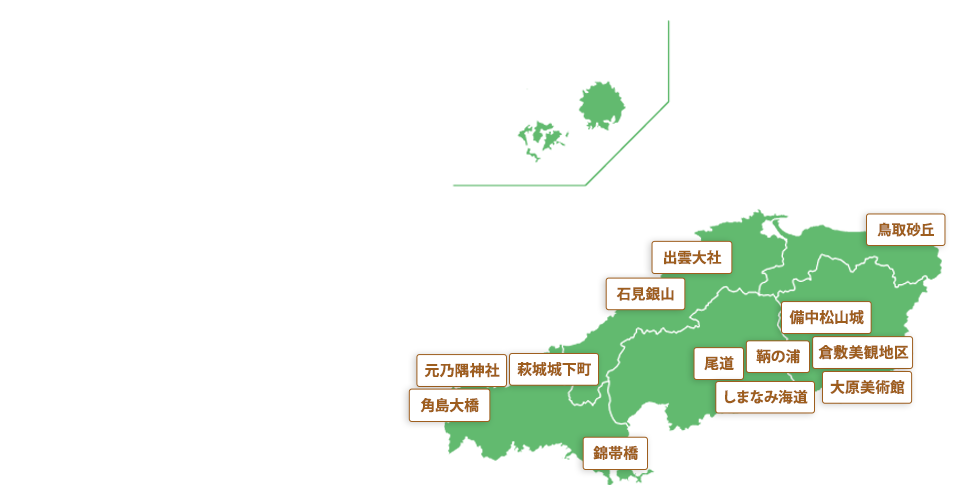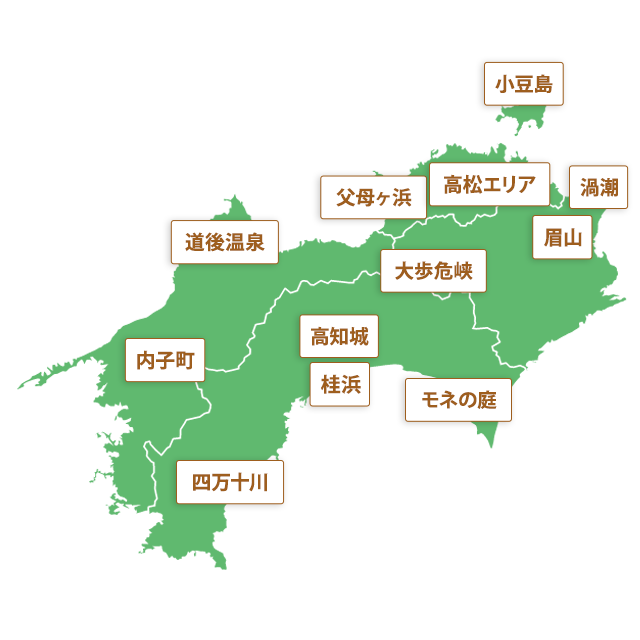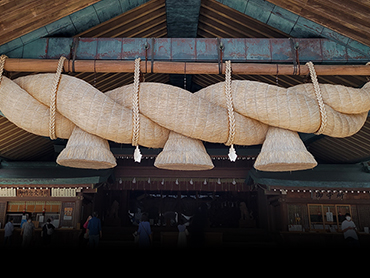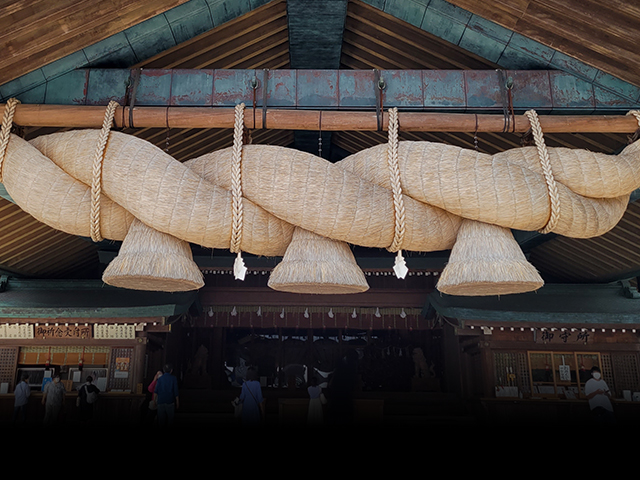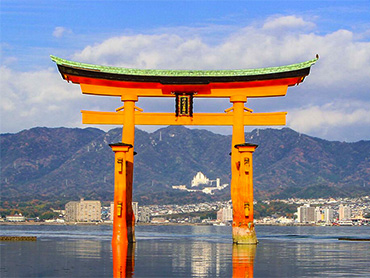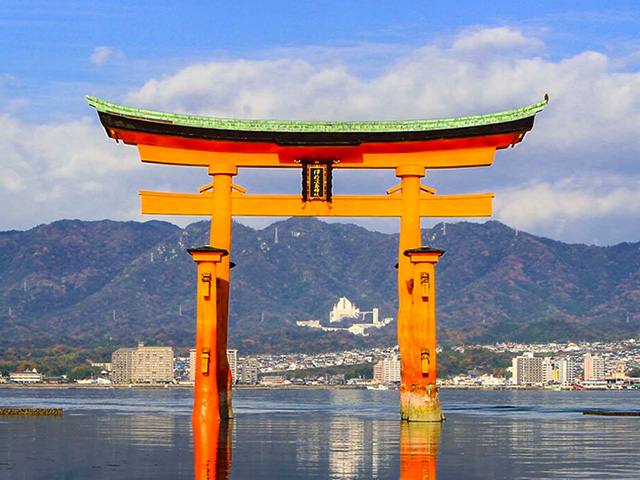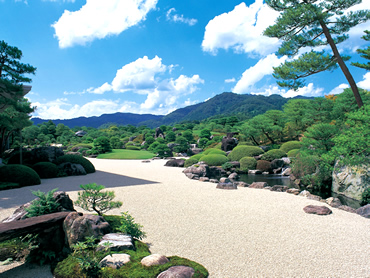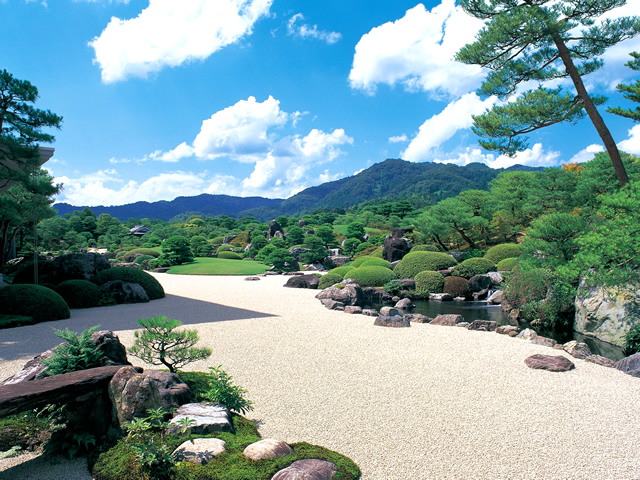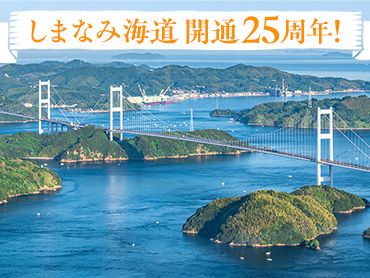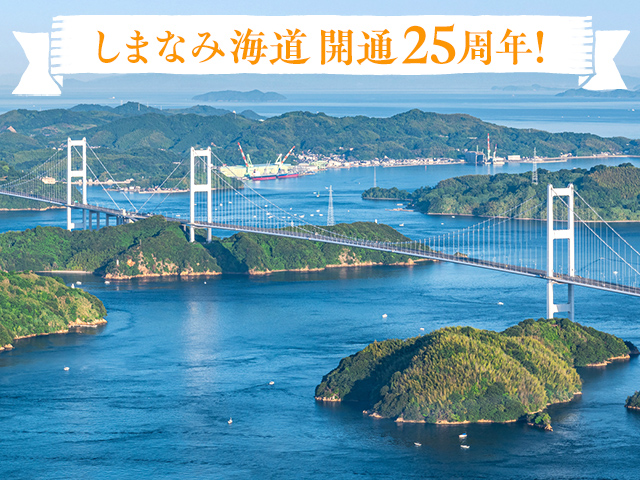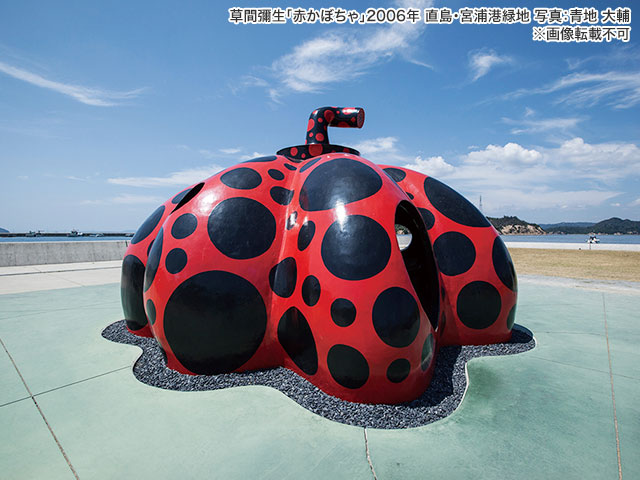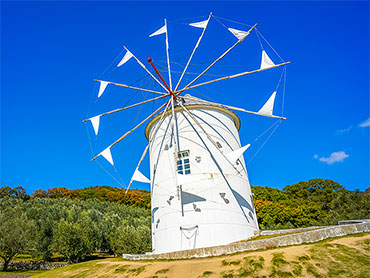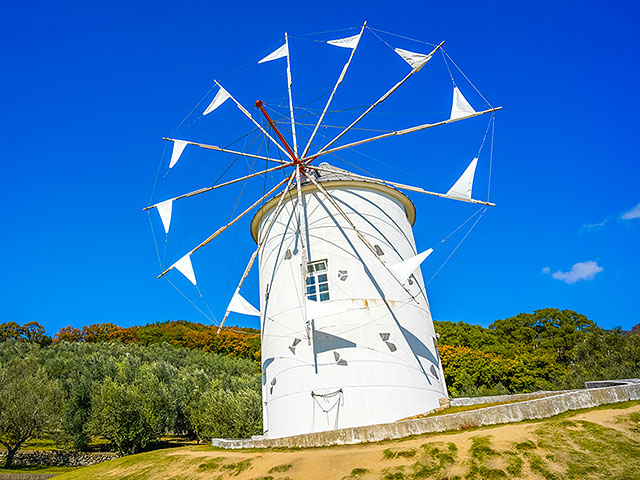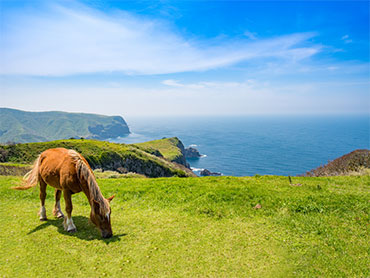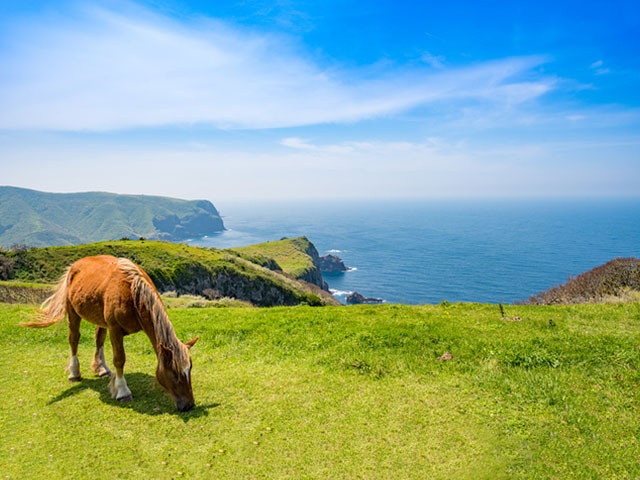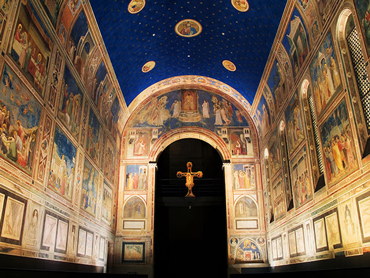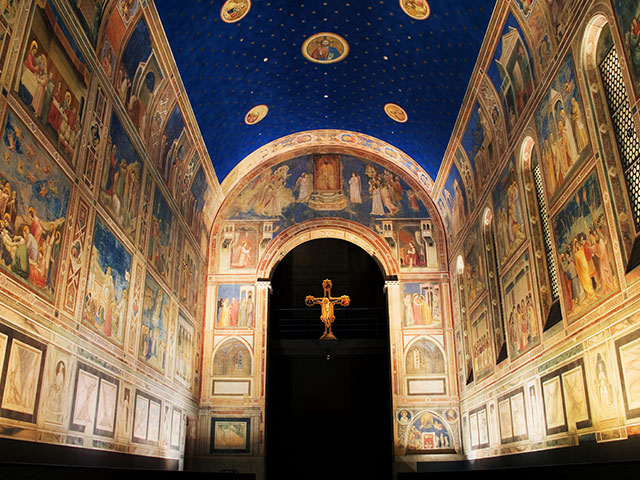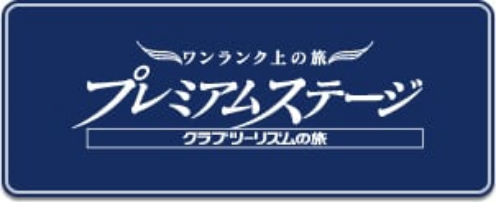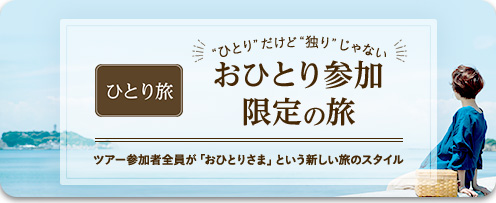Chugoku/ Shikoku area (Hiroshima, Okayama, Kochi, Dogo Onsen, Shimanami Kaido)


"YOKOSO JAPAN TOUR" is a tour exclusively for Domestic Travel in Japan that can be joined from all over the world. Reservations can be made in English and Chinese, and there is no need to enter a Japanese address or Japanese phone number! Thousands of courses are always available, from day trips to Accommodation in Japan. Planned and operated by Club Tourism which specializes in the deep charms of Japan.
-
Hokkaido area (Sapporo, Hakodate, drift ice, Kushiro, Rishiri-Rebun, Shiretoko)
-
Tohoku area (Sendai, Oirase Stream, frost-covered trees, Aomori)
-
Koshinetsu/Hokuriku area (Tateyama Kurobe Alpine Route, fruit picking)
-
Kanto area (Tokyo, Nikko, Hakone, Kawagoe, Hitachi Seaside Park, Kamikochi)
-
Chubu/Tokai area (Nagoya, Izu, Kawazu cherry blossoms, Shirakawa-go)
-
Kansai area (Osaka, Kyoto, Nara, Wakayama)
-
Chugoku/ Shikoku area (Hiroshima, Okayama, Kochi, Dogo Onsen, Shimanami Kaido)
-
Kyushu and Okinawa area (Hakata, Beppu, Kumamoto, Kagoshima, Yakushima, Naha)
日本當地參團使用的優惠券熱發中
購買旅游商品金額
Gifts of 10,000 yuan or more 1,000 yuan courtesy coupon 1,000 yuan yuan complimentary coupon gift "YKS1000"
Gift of 20,000 yen or more 2,000 yen gift voucher 2,000 yuan yuan gift voucher fee “YKS2000”
During the deposit process, the import voucher fee will be paid, and the deposit will be accepted once the deposit is completed.
Search for Tours by Specifying Conditions
Popular spots and highlights
Recommended Tours
Dogo Onsen
Shimanami Kaido
Aki no Miyajima
Naoshima
Best time to visit calendar


Related Features
-
Hokkaido area (Sapporo, Hakodate, drift ice, Kushiro, Rishiri-Rebun, Shiretoko)
-
Tohoku area (Sendai, Oirase Stream, frost-covered trees, Aomori)
-
Koshinetsu/Hokuriku area (Tateyama Kurobe Alpine Route, fruit picking)
-
Kanto area (Tokyo, Nikko, Hakone, Kawagoe, Hitachi Seaside Park, Kamikochi)
-
Chubu/Tokai area (Nagoya, Izu, Kawazu cherry blossoms, Shirakawa-go)
-
Kansai area (Osaka, Kyoto, Nara, Wakayama)
-
Chugoku/ Shikoku area (Hiroshima, Okayama, Kochi, Dogo Onsen, Shimanami Kaido)
-
Kyushu and Okinawa area (Hakata, Beppu, Kumamoto, Kagoshima, Yakushima, Naha)
Customer Co-Creation Activities
Latest Tours and Information
Club Tourism Travel Brand
Overseas Travel
Club Tourism Internet Membership Information
-
A wide range of services exclusively available to members
-
Search for trips anytime, anywhere!
-
Be the first to know about the best seasonal travel deals!

